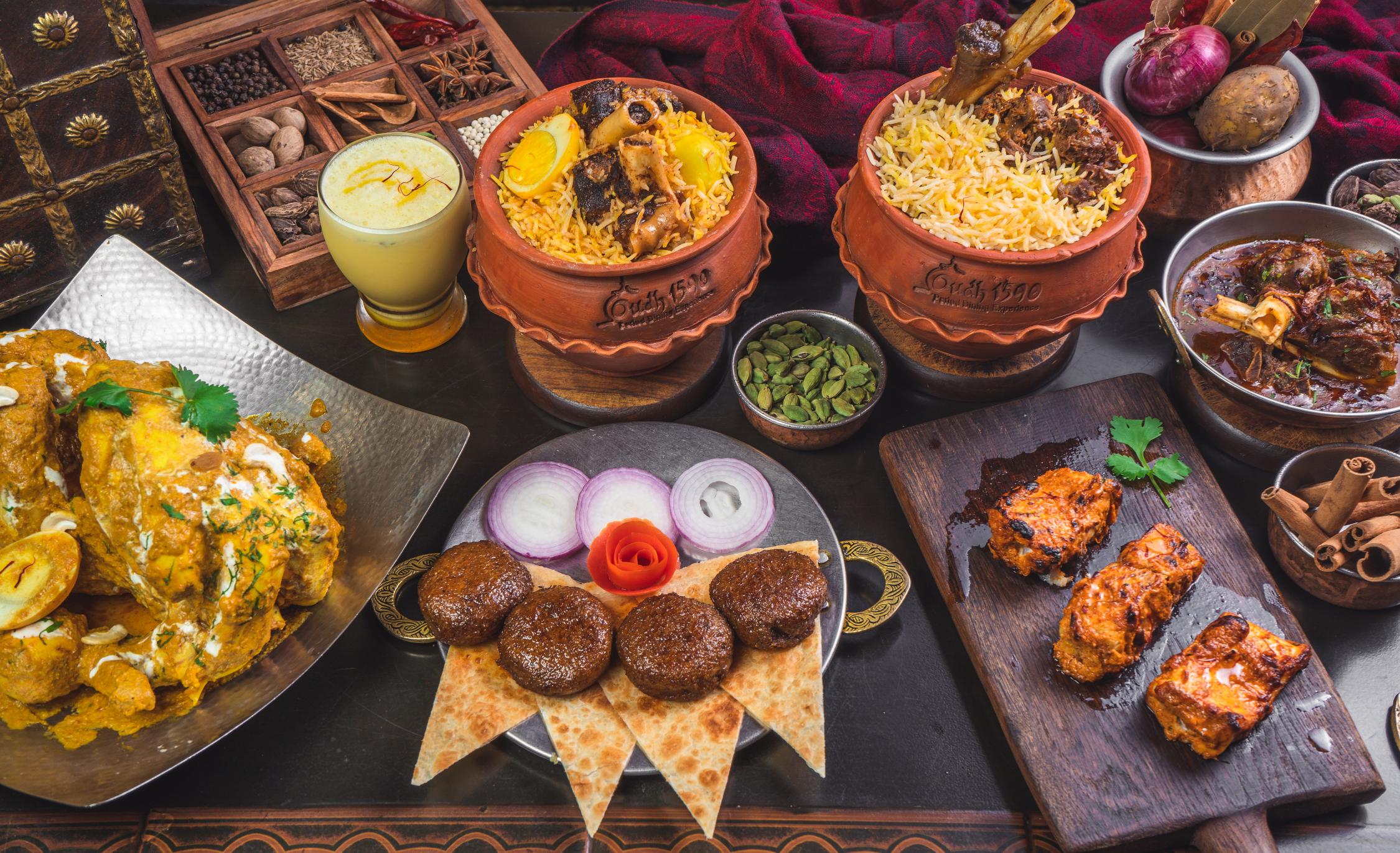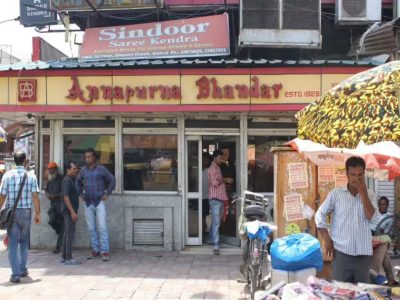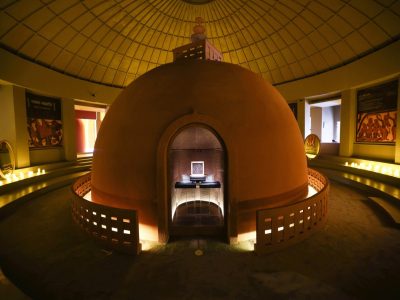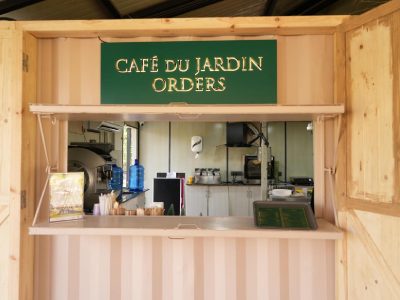Nestled in the heart of Noida Sector 18, Oudh 1590, a distinguished Awadhi restaurant in Kolkata, is celebrating its first anniversary in Delhi NCR.
The menu is a treasure trove of royal delicacies, featuring an array of signature dishes meticulously curated to tantalise the taste buds. From the velvety Galawati Kabab to the fragrant Awadhi Handi Biryani, each offering is a testament to the culinary prowess honed through years of dedication and passion.
Spread across 4500 sq. ft, the restaurant boasts an Awadhi atmosphere meticulously crafted to transport diners to a realm of regal splendour. Every detail, from the Indo-Saracenic architectural marvels adorning the walls to the timeless melodies of Begum Akhtar resonating in the air, contributes to an immersive dining experience steeped in heritage.
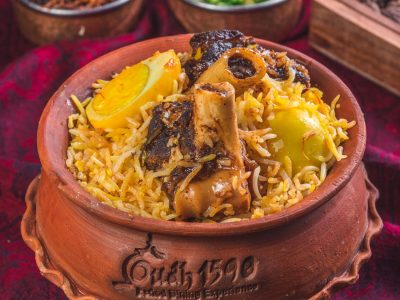
It is like embarking on a regal culinary expedition through the illustrious lanes of Awadh.
At the helm of Oudh 1590’s culinary mastery are Raqabdars hailing from Lucknow, trained to uphold the tradition of Dum Pukht cooking, synonymous with the restaurant’s legacy.
To mark the anniversary, the restaurant introduced in its menu the Keema Golgappa, an innovative and stellar creation. This addition is particularly intriguing considering the restaurant’s popularity in Kolkata, where phuchka or golgappa is cherished, and the city’s fondness for meat. The incorporation of keema into golgappa elevates the culinary experience, adding depth and satiation to an already beloved street snack.
It is a delightful fusion of Kolkata’s beloved phuchka with a tantalising twist of keema. The burst of flavours with each bite is nothing short of extraordinary and satiating as the combination of meat and potato has always stood through the test of time.
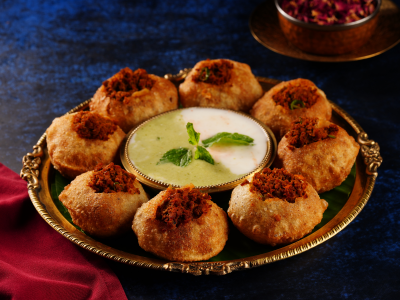
Apart from Keema Golgappa, another star of the show was the Nolen Gur Phirni, which captured Bengal’s essence. Jhola Gur or Nolen Gur, which is liquid date jaggery, is extracted from the fruit sap of the date palm tree. It is sticky and gooey in nature and is mostly harvested in West Bengal during the winter months by skilled peasants who are adept in the extraction process.
Its sweet flavour and nutty aroma makes it an all-time winter favourite ingredient for making various types of Bengali sweet delicacies. To combine that flavour with Awadhi Phirni was a feast for the palate.
Even before one begins to dig one’s teeth into an array of meat, the restaurant drops its three special chutney (a type of Bengali marmalade), one of which is special mango. For those from Bengal, this would ring a bell. The mango chutney with its sweet and sour flavour transports one to the comforts of an afternoon nap on a hot day.

Stepping into Oudh 1590 is akin to traversing through a portal into a bygone era, where the ambiance exudes the opulence and grandeur reminiscent of the Awadhi period.
As co-founders Shiladitya Chaudhury and Debaditya Chaudhury express their vision for Oudh 1590’s expansion across major metro cities, it is evident that their unwavering dedication to preserving the purity of Awadhi cuisine remains paramount. With meticulous research and countless journeys to Lucknow, they have succeeded in crafting a culinary haven that transcends mere dining to offer an unparalleled gastronomic voyage through time.
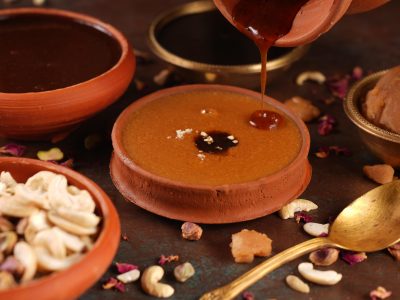
The allure of Awadhi cuisine lies not only in its exquisite flavours but also in its rich historical significance. Erstwhile Awadh, a region known for its cultural refinement and culinary sophistication, served as the epicentre of culinary innovation during the later Mughal era. It was here that the art of Dum Pukht cooking flourished, characterised by slow-cooking techniques that allowed the flavours to intensify and meld together, resulting in dishes of unparalleled richness and depth.
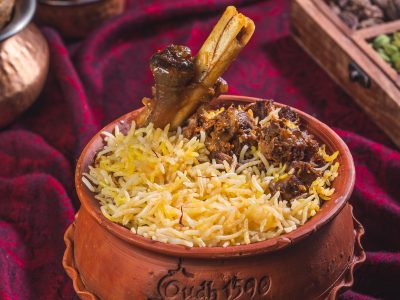
At Oudh 1590, every dish is a testament to this culinary heritage, skillfully crafted to evoke the grandeur of the Nawabi courts. Take, for instance, the Galawati Kabab, a delicacy renowned for its melt-in-your-mouth texture and complex blend of spices. Originating from the kitchens of Nawab Wajid Ali Shah, this succulent kabab is a symphony of flavours, each bite a revelation of culinary mastery.
Similarly, the Awadhi Handi Biryani is a culinary masterpiece that showcases the artistry of Dum Pukht cooking. Cooked in a sealed handi (clay pot) to lock in the flavours, this fragrant rice dish is layered with tender pieces of meat, infused with aromatic spices, and garnished with fried onions and fresh mint. The result is a symphony of flavours and textures, each spoonful a journey through the culinary landscape of Awadh.

As patrons indulge in these culinary delights, they are not merely dining but experiencing a slice of history, a taste of the royal courts of Awadh brought to life with every dish. It is this immersive dining experience, coupled with impeccable service and a commitment to excellence, that sets Oudh 1590 apart as a culinary destination par excellence.
In the bustling metropolis of Delhi NCR, where food trends come and go, Oudh 1590 has entered the market promising to leave patrons enchanted and satiated, craving for more of its culinary magic.
Whether you’re a connoisseur of Awadhi cuisine or simply in search of a gastronomic adventure, Oudh 1590 invites you to step into its hallowed halls and enjoy the flavours of history.

